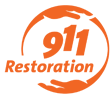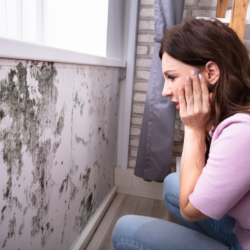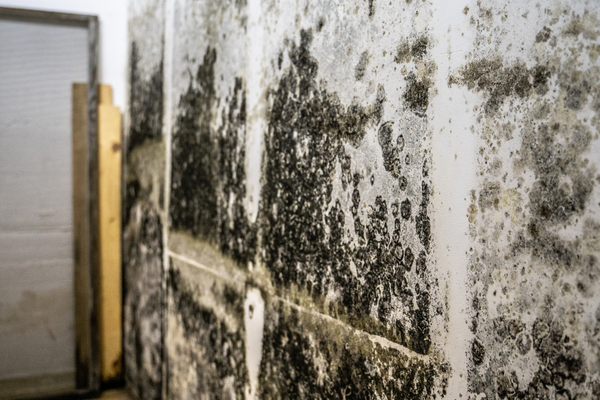Hidden mold in a house is a serious problem for any homeowner, as mold can cause a range of health problems. Mold can also damage the structure of a house. However, mold is not always easy to spot because it often grows in hidden areas, such as behind walls or under floorboards. Here are some of the hidden signs of mold growth that you should be aware of.
Signs of Hidden Mold in Your House
- Musty odors. One of the most common signs of mold growth is a musty, damp odor. If you notice this odor in your home, it could
 indicate that there is mold growing somewhere in the building.
indicate that there is mold growing somewhere in the building. - Increased allergies or respiratory problems. If you or someone in your household is experiencing an increase in allergies or respiratory problems, this could be a sign of mold growth. Mold can cause a range of health problems, including headaches, coughing, and sneezing.
- Discolored or peeling paint. If you notice that paint in your home is discolored or peeling, this could indicate that mold is growing behind the walls. This is because mold needs moisture to grow. If there is a leak or other source of moisture, mold can begin to grow and cause damage to the paint.
- Condensation on windows. If you notice condensation on your windows, this could be a sign of mold growth. This is because condensation often leads to increased moisture levels in the home. This creates the ideal environment for mold to grow.
- Damp or musty-feeling surfaces. If you notice that certain surfaces in your home feel damp or musty, this could indicate mold is growing in that area. This is because mold thrives in moist environments, and if there is enough moisture, it can begin to grow and spread.
Dangers of Hidden Mold in Your Home
While mold is a natural part of the environment, it can be dangerous when it grows indoors. Here are some of the dangers associated with mold exposure:
- Health effects. Mold can cause a range of health problems, including allergic reactions, respiratory issues, and skin irritation. In severe cases, it can also lead to infections and toxicity. People with existing health problems, such as asthma or a weakened immune system, are at an increased risk.
- Structural damage. Mold can cause structural damage to buildings and homes by consuming organic materials such as wood and drywall. This can lead to a decline in the overall stability and safety of a building.
- Property damage. Mold can also cause damage to furniture, clothing, and other personal belongings. The longer mold goes unchecked, the more damage it can cause, and the more difficult it becomes to remove.
If you suspect that mold is growing in your home, it is important to take action quickly. You should arrange for a professional mold inspection to determine the extent of the problem and to come up with a plan for remediation. By taking these steps, you can protect the health and safety of your family and ensure that your home remains in good condition.



 indicate that there is mold growing somewhere in the building.
indicate that there is mold growing somewhere in the building.